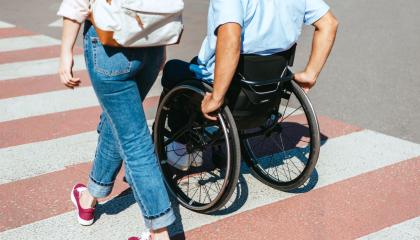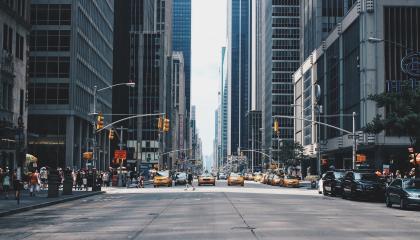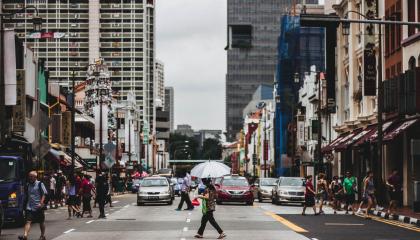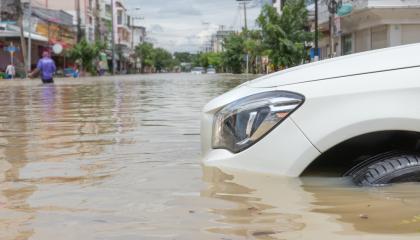Whether exploring the heart of a city, strolling through a renowned park, or navigating a new transportation system in an uncharted environment—these experiences define our adventures when traveling abroad. For the disabled community, these encounters can present unique challenges in urban landscapes, restricting them from the joys of venturing into new places. Yet, globally, strides are being made to create inclusive environments by successfully implementing tactile walking surfaces.
Urbanization is rising worldwide, with more people moving to cities than ever before. While this brings numerous opportunities and advantages, it also poses significant challenges.
The development of larger cities grew exponentially in the past fifty years, leaving us with rapidly built cities that have given too little thought to the disabled members of their population. Now is the time to reassess how to be more inclusive in the built environment so that people of all abilities and diversity experience a living environment that meets their needs.
An accessible world is crucial for people of all abilities to work, live, and play. However, even in the most progressive cities, people with disabilities struggle to live their lives, which only gets worse in the suburbs and rural areas.
With an estimated one billion people to become urban-dwellers by 2050, many cities recognize the need to shift to more accessibility. Beyond the physical difficulty of navigating city and suburban obstacles, many individuals with disabilities must deal with a level of fear as they try to move through a world that is more or less inaccessible.
City planners and researchers claim that more and more people are moving into cities, which is contributing to something called urban density. This term refers to the number of people within an urban area. It’s a crucial factor for city planning — understanding how the city is functioning based on economics, health, geography, and sustainability.
Since 1990, pedestrian fatalities have increased, and for pedestrians with disabilities, the risk is even higher. From 2007 to 2017, pedestrian deaths increased by 35%. When researchers studied the cities with the highest fatalities, they came across sidewalks in disrepair, lacking curb ramps, and poorly designed crosswalks.
While we have more work to be done to set up a protective infrastructure for pedestrians, there are a few simple driving techniques that will keep others safe.
Approximately ten percent of the world’s population lives within 32 feet of sea level, and while a large percentage lives at higher elevations, most still live close to coastlines. As temperatures rise, scientists have noted an increase in coastal flooding, which presents a safety hazard to the population of coastal cities, businesses, and profit.
Studies have revealed that the rate of sea-level rise has increased substantially in the last 2,800 years. In fact, sea levels have risen almost 3 inches in the last twenty years.
To create an accessible world and to comply with ADA standards, accessible pedestrian signal (APS) models work with detectable warning tiles to keep pedestrians of all abilities safe around vehicle intersections and street crosswalks. These APS models mark heavily trafficked areas in cities with a button for audio directions for individuals with low visibility. A number of APS tools offer direction and aid to individuals with differing abilities, including a rapid tick sound, speech indication, tactile signals, and vibrating indications.
Connect with us
We pride ourselves on our customer service, and we'd love to hear from you! Sign up for our newsletter to keep up with industry updates and trends, as well as any new product releases.










